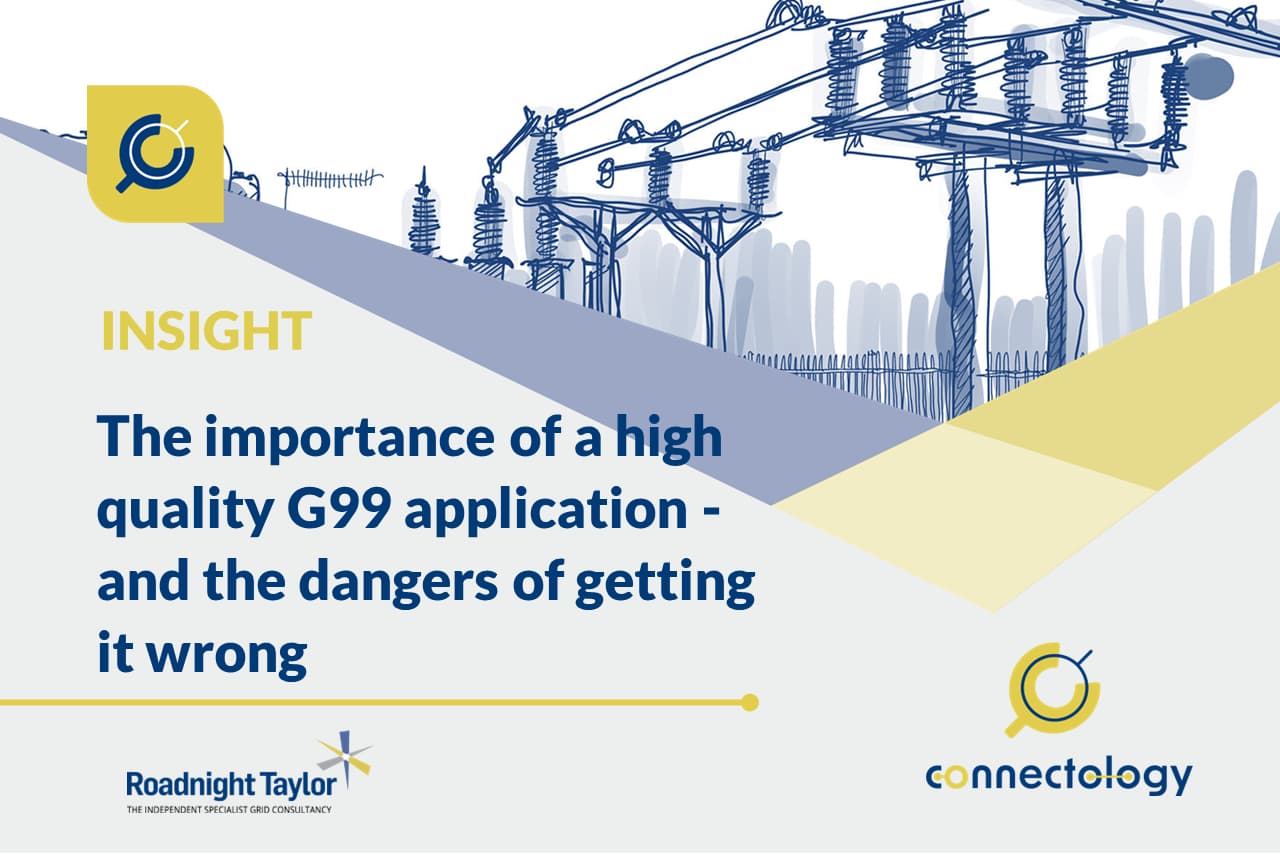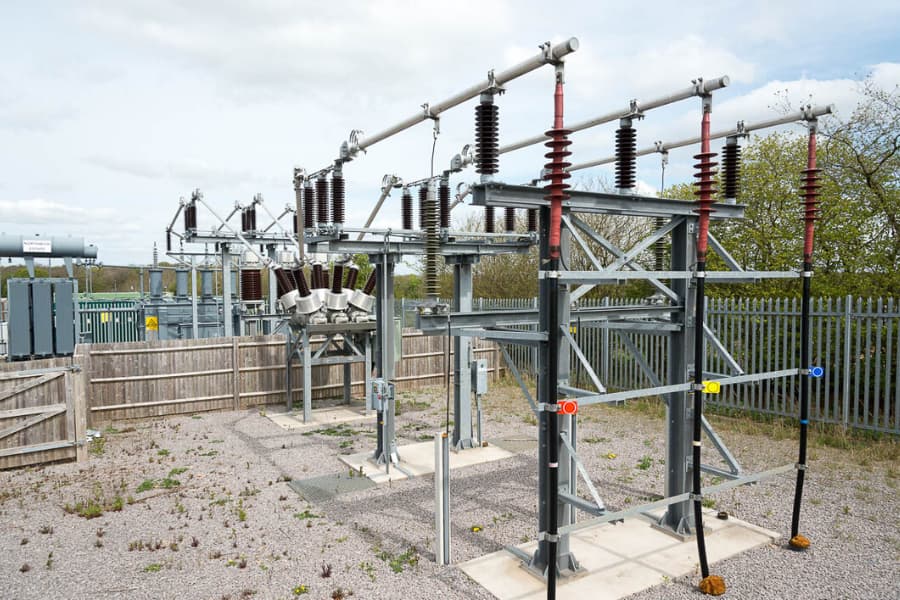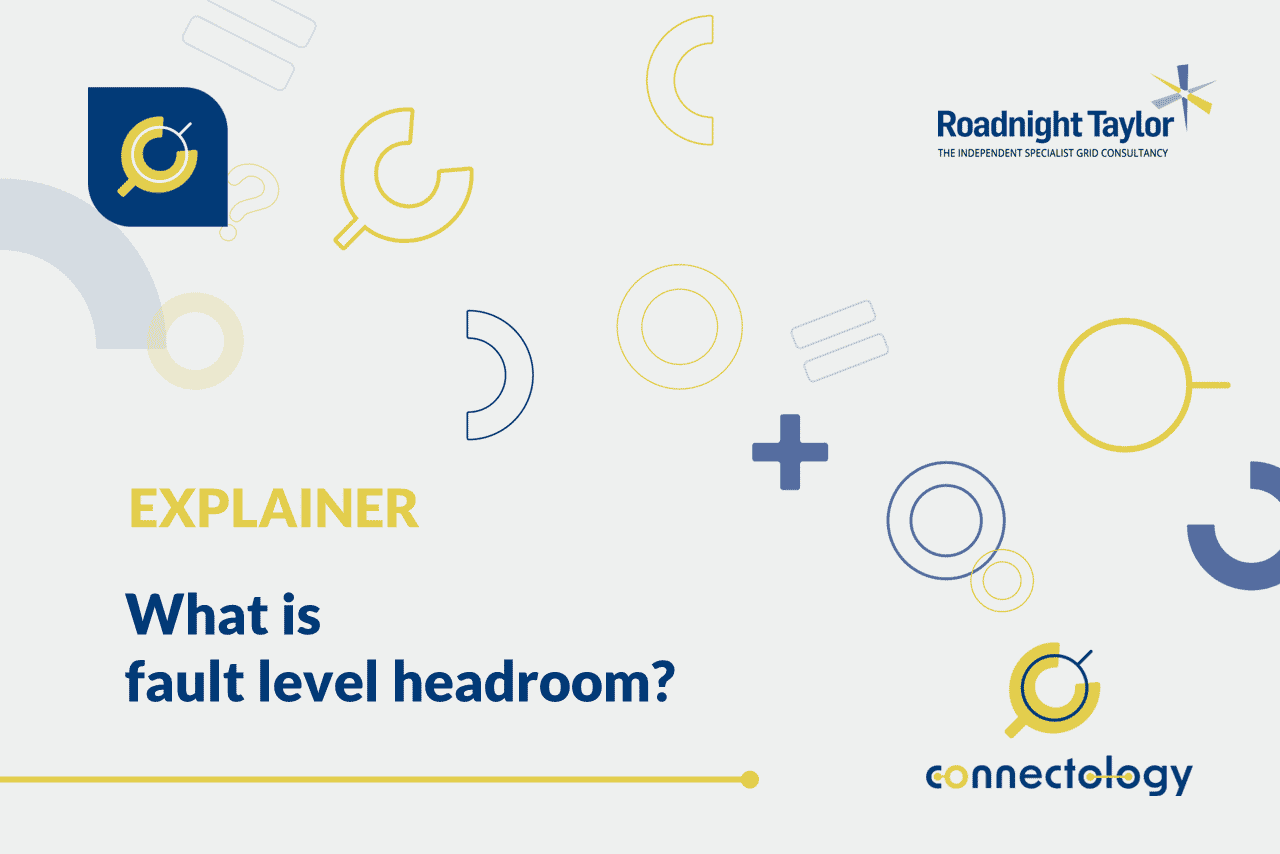The importance of a high quality G99 application – and the dangers of getting it wrong
A high quality G99 application is crucial. If the application is flawed, the scheme can carry risks that may not get picked up on until close to, or after, energisation. These risks range from being detrimental – whereby connection timeframes or ongoing uptime are compromised – to catastrophic, which is the point at which a scheme just won’t work! We detail some examples below.
Article by Philip Bale – acknowledged expert in G99 applications and compliance
Philip led Western Power Distribution’s (the UK’s largest DNO) system design team for the East Midlands 33kV and 132kV network, including all reinforcement projects and distributed generation connections. He led four different WPD/Ofgem innovation projects, including the first active network management scheme and curtailment assessment model.
12 August, 2022

We often say that the success of a connection application is down to identifying the right connection solution for the right part of the network – and selling that solution to the System Planner (the engineer at the DNO) who is responsible for that part of the network. However, this is only one side of the coin when it comes to achieving a successful application – the other is completing the G99 Standard Application Form (SAF) expertly and thoroughly.
A high quality G99 application is crucial. If the application is flawed, the scheme can carry risks that may not get picked up on until close to, or after, energisation. These risks range from being detrimental – whereby connection timeframes or ongoing uptime are compromised – to catastrophic, which is the point at which a scheme just won’t work!
The dangers of a poor G99 application
Completing a G99 application form is the first stage in creating a G99 compliant energy generation or storage project. The application form is highly complex, and the connection design must be appropriate.
At Roadnight Taylor, we review connection offers for developers and for investors. A developer needs a viable project to sell, and an investor needs to be placing its capital in a scheme that is going to perform as expected and that will not give any costly surprises down the line.
Frequently during connection offer reviews of third-parties’ applications, we see offers resulting from applications with substantial and incredibly costly technical issues. These issues can:
- render schemes substantially smaller than they should be
- compromise or limit development options for a scheme
- trigger costly or even cost-prohibitive technical remediations
- necessitate material changes requiring new applications which send schemes to the back of the grid queue
- invalidate the Statement of Works agreement with National Grid
- make schemes completely unviable and stop them in their tracks.
When do these G99 issues arise
If the developer picks up the issues quickly, the DNO will occasionally allow changes to be made, but not always. Some material changes are allowed (such as reducing capacity, increasing fault levels and adding inverters) after connection offers are accepted, but other changes aren’t.
However, the major risk is if the developer doesn’t pick up these issues until the scheme has gone through planning and had considerable funds already invested. This does happen – we’ve seen schemes begin construction and only then have the developers realised there is a problem in their G99 compliance.
How do the G99 issues arise
Some issues we see from G99 forms completed by developer’s in-house teams, ICPs or less experienced engineers are:
- not considering the requirements for G99 compliance
- not understanding the difference between MVA and MW of inverters
- not considering temperature limitations of inverters and temperature de-ratings
- not considering transformer losses and cable losses, which will have an impact on the overall export capability of a scheme
- not understanding or calculating the fault level characteristics of a site.
Many issues arise through developers or engineers using template applications. But if their application template is flawed, the form could replicate the same mistake again and again. Applications should be bespoke and be created on a case-by-case basis.
We’ve seen some application forms so sparse that the only thing completed is the maximum active power export box, in the first firm export requirement box, and none of the other information at all. And a developer had paid for a so-called ‘expert’ to put that application in!
If anything is wrong in the application, everything is hard from that point onwards. The developer is on the back foot and always at risk of the scheme being compromised and time, effort and cost being wasted on an unviable scheme.
Some examples of G99 issues at various levels
- A potential scheme had very tight fault levels. The developer could only use a specific type of inverter, because that’s what they applied for. They wouldn’t be able to change to something else, and as a result would have to design in other expensive equipment for the scheme.
- We reviewed a grid offer for a scheme that will be at least 10% smaller than the customer wanted and expected it to be. To achieve even their reduced scheme, they will have to install complex and costly additional equipment. If someone had designed the application appropriately, this would not have happened. We’ve seen other schemes lose up to 30% off the back of flawed applications, so a scheme’s performance and hence the financial repercussions can be huge.
- A scheme had begun construction and was weeks from energisation before the developer spotted a G99 compliance issue. The solution would have needed potentially £millions of equipment… and a planning amendment. If they had a well-designed, accurate G99 application from the start, they would have avoided this, would have been able to install cheaper equipment (to the tune of around £100,000), and had everything they wanted from the outset.
DNOs are not responsible for the quality of applications or outcomes
It is not a DNO engineer’s role to ensure a G99 application is correct and that an individual scheme will function effectively and efficiently. Neither is it their role to design generic schemes for customers who cannot put in a competent application form.
All DNO engineers are incredibly busy, and they will not necessarily pick up the errors and omissions on applications. While some DNO engineers will go above and beyond to fix technical issues for customers, others will often provide a grid offer for just what a customer asked for – even if, technically, a scheme will not work.
How to do a G99 application right
It’s crucial that G99 forms are completed expertly. There is value in getting it right – and dangers (at worse, a fully constructed but utterly dead scheme) in getting it wrong.
Our Connectologists® regularly complete G99 (or G100 export limited) applications. They do so with years of expertise in connection engineering and design, deep technical knowledge of the compliance requirements, and the wisdom to design a scheme which is not only technically viable, but also with flexibility for the customer at the end stages. Getting an expert to complete the form and apply increases a scheme’s chances of success and reduces risk.
If an investor is taking on a scheme, or a developer needs an expert second opinion to check a scheme’s G99 compliance credentials, our Connectologists® can help with connection offer reviews too. After all, the sooner a developer finds the scheme has a problem, the more chances there are of modifying the design.





